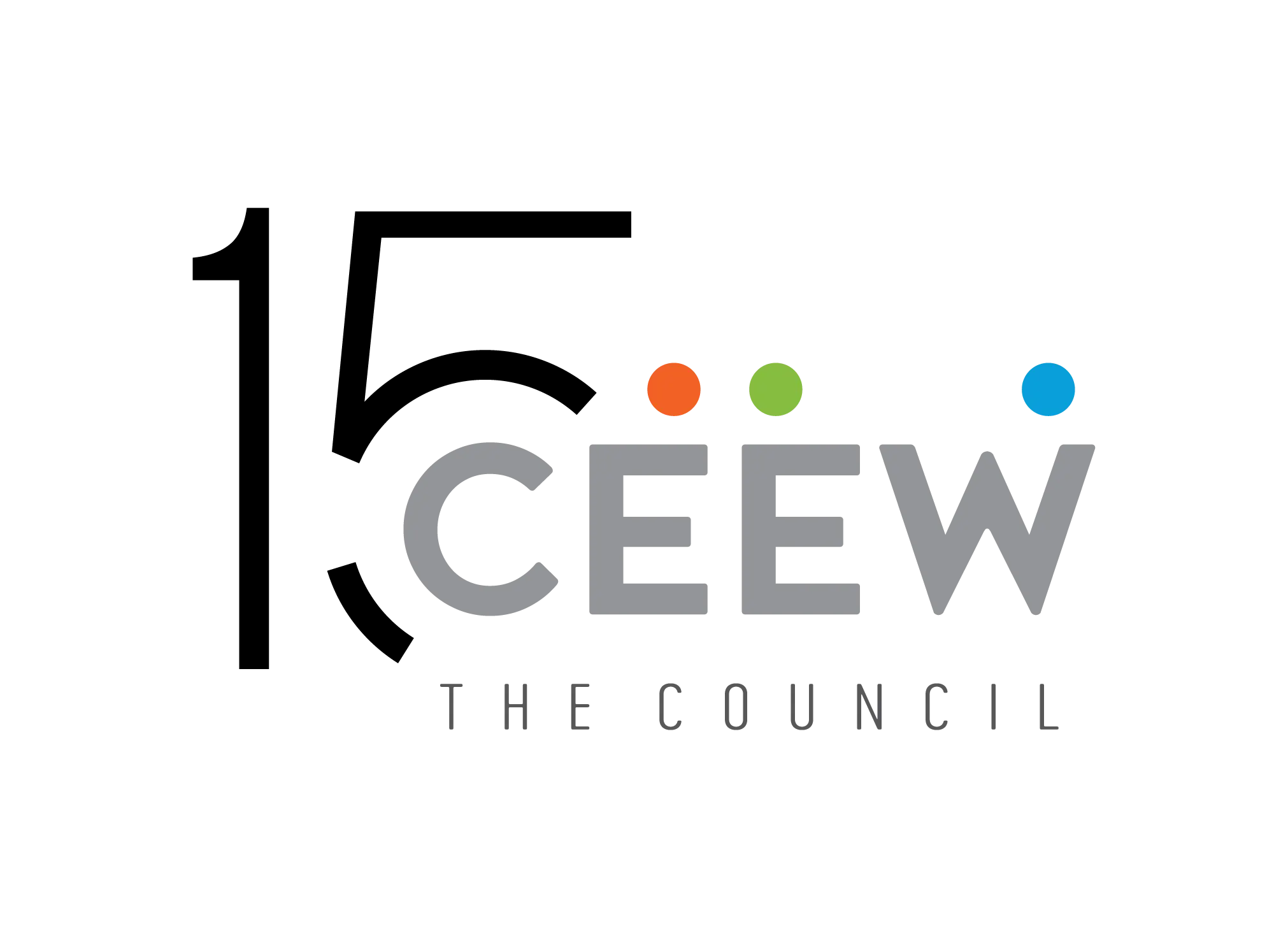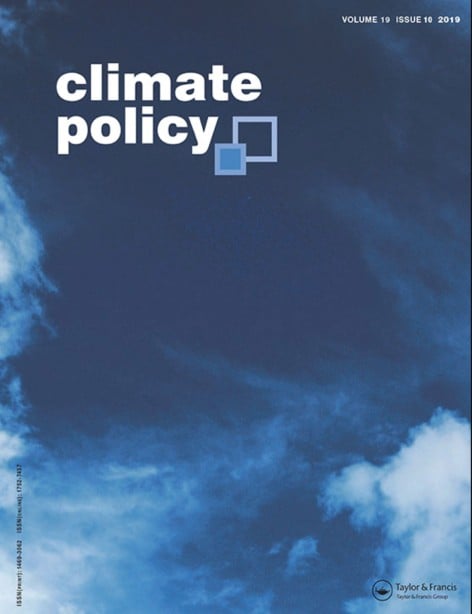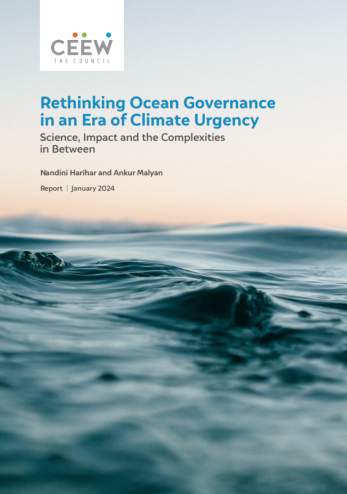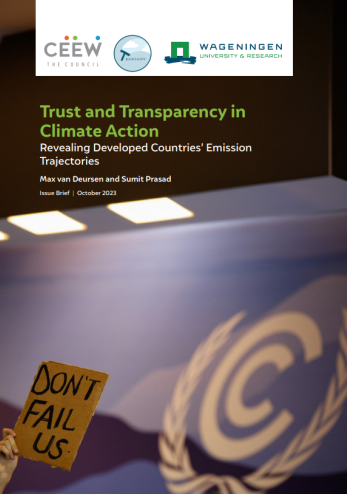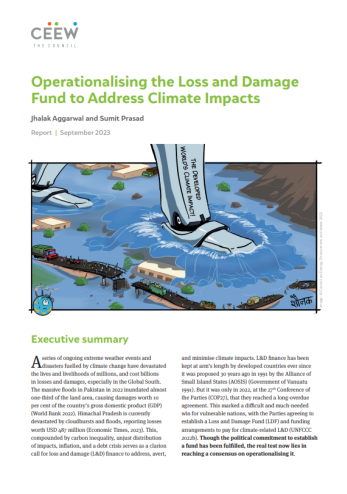Paper
Conditional Nationally Determined Contributions in Paris Agreements
Foothold for equity or Achilles heel?
P. Catsro, Shikha Bhasin
July 2019 | International Cooperation
Suggested citation: Pauw, P. W., P. Catsro, J. Pickering, and Shikha Bhasin. 2019. “Conditional Nationally Determined Contributions in Paris Agreements: Foothold for equity or Achillies heel?” Climatic Policy, 143: 503. https://doi.org/10.1080/14693062.2019.1635874
Overview
This paper analyses 168 Nationally Determined Contributions (NDCs) towards the Paris Agreement’s goals submitted as of June 2019 and describes the methods for assessing the equity and feasibility of conditional NDCs. The aims is to enhance transparency and comparison of NDCs by using a universal set of categories to capture the diversity of NDCs in scope, content and level of detail.
In climate action plans such as the Paris Agreement, most developing countries make their mitigation and adaptation contributions conditional upon receiving international support (finance, technology transfer and/or capacity building). While provision of support for implementation could enhance equity among countries, the feasibility of NDC implementation might be challenged by the large number of conditional NDCs.

Source: Author's analysis
Key Findings
- Out of the 136 countries that made their NDCs conditional upon at least one type of support, capacity building is the most frequently requested type of support (113 NDCs), followed by mitigation finance (110), technology transfer (109) and adaptation finance (79).
- More countries requested mitigation finance than adaptation finance, and the average amount requested per country is larger for mitigation finance.
- Developing countries call for more balanced allocation of finance between adaptation and mitigation. Also, it aligns with previous UNFCCC negotiations on the scope and content of NDCs and with provider countries’ preference for mitigation finance.
- Majority of countries requested transfer of both mitigation and adaptation technology (70), with 37 countries requesting mitigation technology only and two countries (Peru and Tonga) requesting adaptation technology only.
- Most countries’ NDCs adaptation contributions extend until 2030, whereas some end in 2025 (including the United States and Brazil) or have multiple end years (including South Africa and Senegal).
- 18 NDCs include mitigation cost estimates below $1 billion, whereas South Africa ($1380.5 billion), India ($834 billion, partly conditional) and Ethiopia ($150 billion, partly conditional) together make up 78 per cent of the aggregate costs estimates.
- The number of conditional NDCs is much lower than the number of countries that have received climate finance over recent years, particularly for adaptation. This may reduce feasibility as scarce climate finance resources will need to be divided over a group of countries far larger than just those with conditional NDCs.
- 110 countries made their mitigation contribution conditional on receiving mitigation finance. Such countries comprise 83 per cent of the 133 countries that received support for mitigation between 2013 and 2016.
- In contrast, only 79 countries made their adaptation contribution conditional on receiving adaptation finance. This is only 59 per cent of the 134 countries that received support for adaptation between 2013 and 2016.
Key Recommendations
- Parties to the Paris Agreement should build shared understanding about what contributions could be conditional before 2024.
- Countries requesting support for the implementation of current NDCs should add substance to their support needs.
- Provider countries should scale up capacity-building support for preparing future NDCs. Such capacity building should also support the identification of low-cost contributions as well as support for estimating implementation costs.
- Developed countries should orient current support, and climate finance in particular, towards supporting developing countries’ efforts to implement their NDCs.
Majority of countries’ requests transfer of both mitigation and adaptation technology (70), with 37 countries requesting mitigation technology only and two countries (Peru and Tonga) requesting adaptation technology only.
